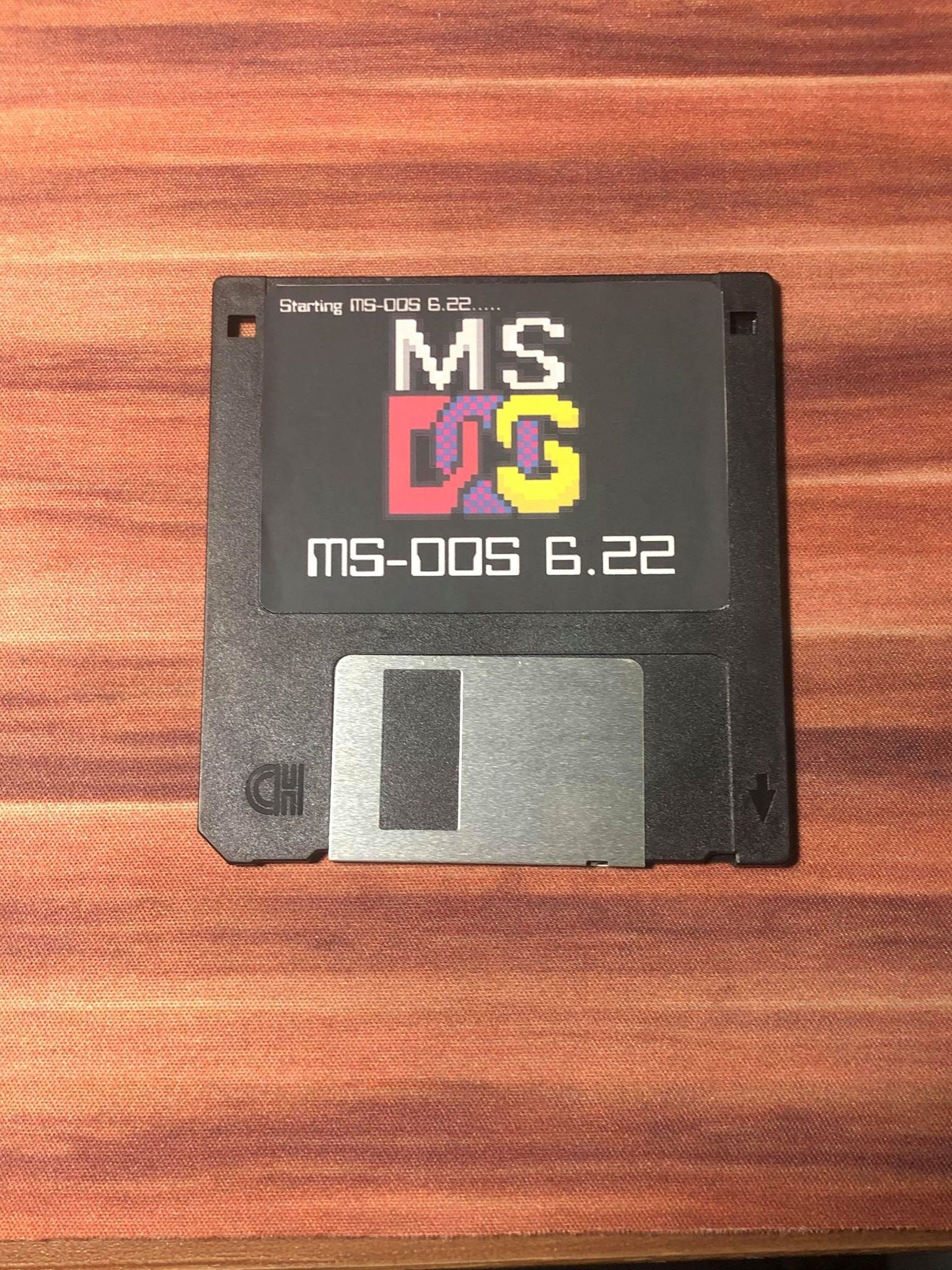


As mentioned in other answers, you can create bootable ISO images for large filesystems. For the record, I am using Slackware Linux 14.2+ as the PXE server, and booting to several different Dell Optiplex models for BIOS updates.

I've been through this process a few times, and although it is extremely easy, I keep forgetting the exact steps I used, so I am documenting it here for my own reference as well as others. Unmount the disk image: $ sudo umount mnt/ On a Debian/Ubuntu system you can install the fatattr program using sudo apt-get install fatattr The fatattr commands are optional but add hidden and system attributes to the files COMMAND.COM and KERNEL.SYS as is customary.You can now also copy any other files you have to the disk image as well before unmounting it (eg: BIOS firmware updates).The only files that are really required to make the disk image bootable are COMMAND.COM and KERNEL.SYS.\\ \\LOCALE\r\necho Using US-English keyboard with US-English codepage \r\n' | sudo tee mnt/AUTOEXEC.BAT P primary (0 primary, 0 extended, 4 free)Į extended (container for logical partitions)įirst sector (2048-102399, default 2048): 2048 Partition the disk image: $ fdisk disk.imgĬreated a new DOS disklabel with disk identifier 0x1234abcd. Note: Here a 50 MiB size disk image is created but you can make this any size you need Step 2: Create a blank disk image and create a msdos partition:Ĭreate an empty file for the disk image: $ truncate -s 50M disk.img Install ms-sys from source if its not available with your package manager: $ wget Ĭompiling ms-sys requires msgfmt from the gettext package which can be installed on Debian/Ubuntu using: $ sudo apt install gettext You might want to try these commands on a secondary/virtual machine that doesn't have your valuable data on it. Read the man page for each program to understand the command usage before proceeding. WARNING / DISCLAIMER!!! Some commands used below have the potential to wipe data from your disk drives if used incorrectly. Below are the steps for creating a bootable FreeDOS image in Linux: Ofcourse you can extend the steps used here to create any FreeDOS media you'd like including adding the full suite of software that comes with the FreeDOS Full edition. You can then boot of this FreeDOS image using PXE boot or write it to a USB drive with dd to create a FreeDOS boot drive. On a Windows machine you could use a tool like Rufus to do do this. So for this answer I will focus on creating the bootable image in Linux. You can make a FreeDOS bootable image (any size you need) for your purposes and then add any software or any DOS utility like BIOS update tools, etc.įrom your question it seems you have access to Linux and might be familiar with using the terminal/command line.


 0 kommentar(er)
0 kommentar(er)
